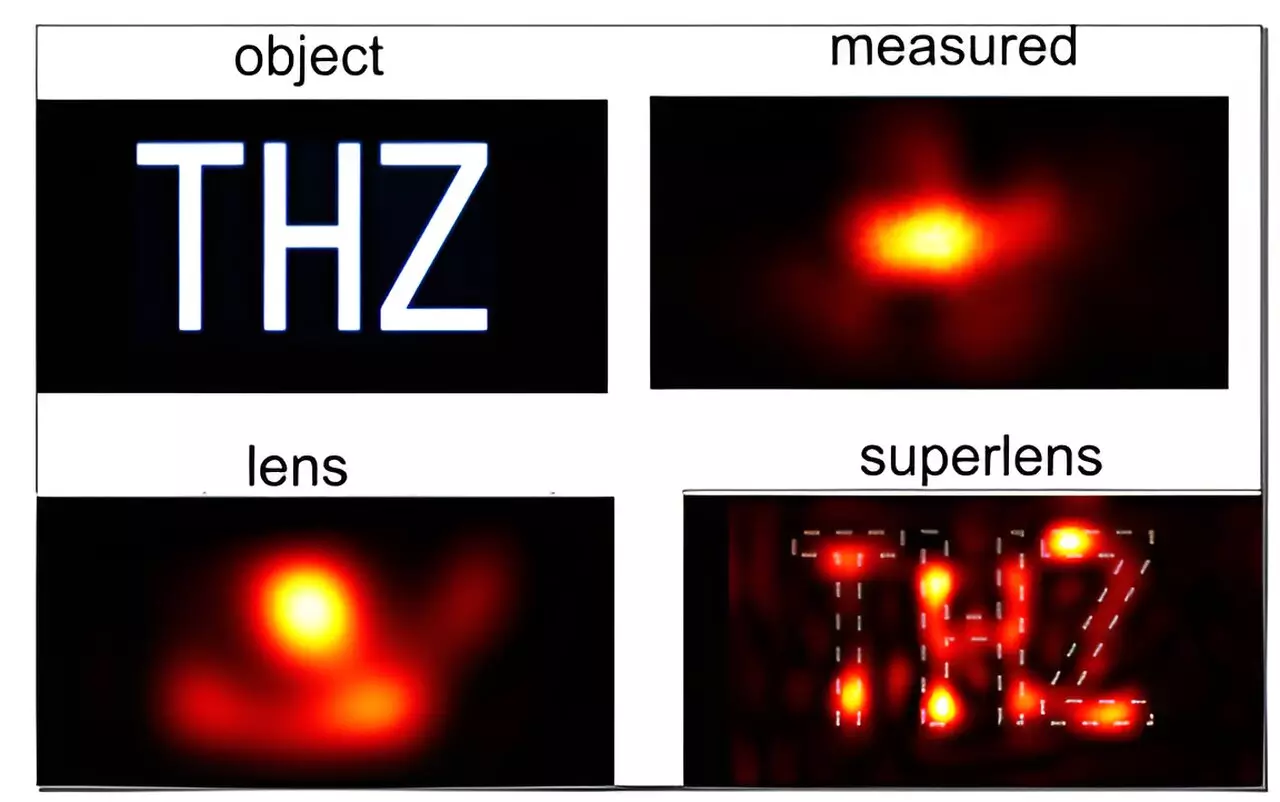Since Antonie van Leeuwenhoek’s discovery of bacteria through a microscope in the late seventeenth century, scientists have been eager to explore the world of the infinitesimally small. However, traditional optical methods have presented limitations in terms of how closely objects can be examined. These limitations, known as the diffraction limit, stem from the wave-like nature of light. According to this limit, the size of a focused image cannot be smaller than half the wavelength of light used for observation. Overcoming this limit has proven challenging, with previous attempts at “super lenses” resulting in extreme visual losses and opaqueness. However, physicists at the University of Sydney have now introduced a groundbreaking solution that breaks the diffraction limit by a factor of nearly four times, while minimizing losses. This breakthrough could revolutionize super-resolution microscopy, advancing fields such as cancer diagnostics, medical imaging, archaeology, and forensics.
The researchers at the University of Sydney have taken a different approach to achieve superlensing by eliminating the super lens altogether. Their innovative technique involves placing the light probe at a significant distance from the object while collecting both high- and low-resolution information. By measuring further away, the probe avoids interference with high-resolution data. This method is a departure from previous attempts that relied on novel materials for the creation of super lenses. These materials often absorb too much light, rendering the lenses impractical. Dr. Alessandro Tuniz, lead author of the research, explains that they overcame this obstacle by performing the superlens operation as a post-processing step on a computer after the measurements. This selective amplification of evanescent (or vanishing) light waves produces a precise and accurate image of the object.
The implications of this groundbreaking technique extend far beyond the field of microscopy. The ability to achieve high-resolution imaging without the need for a super lens opens up possibilities for a range of applications. For example, this method could greatly enhance the determination of moisture content in leaves or improve microchip integrity assessment in advanced microfabrication techniques. The technique could also prove valuable in art restoration and authentication, helping uncover hidden layers in artwork and detecting art forgery. The researchers highlight the versatility of their method, suggesting its potential use in various frequency ranges and fields beyond the terahertz frequency range used in their study.
Unlike previous attempts that focused on gathering high-resolution information at close proximity, the University of Sydney researchers emphasize the importance of maintaining distance from the object. By moving the probe further away, the integrity of the high-resolution data remains intact, avoiding distortion caused by the proximity of the probe to the object. The low-resolution data, which decays more slowly, can then be filtered out using a post-observation technique. This approach allows for the preservation of valuable high-resolution information without compromising the overall image quality.
The research conducted by the University of Sydney team utilized light at terahertz frequency with a millimeter wavelength. Working with this frequency range presents its own set of difficulties, but it also offers significant potential. Associate Professor Boris Kuhlmey describes this frequency range as both challenging and intriguing, as it could provide valuable information about biological samples, such as protein structure, hydration dynamics, and even cancer imaging. By exploring this less-explored frequency region, researchers could gain crucial insights into various scientific and medical domains.
The breakthrough achieved by the researchers at the University of Sydney marks a significant milestone in the field of super-resolution microscopy. By eliminating the need for a super lens and adopting a post-processing approach, they have surpassed the diffraction limit with minimal losses. This opens up endless possibilities for advancements in various fields, from healthcare to art restoration. As Dr. Alessandro Tuniz asserts, this technique serves as a crucial first step toward high-resolution imaging while maintaining a safe distance from the object and preserving the fidelity of the captured data. With further research and exploration, this innovative technique could be applied across different frequency ranges, revolutionizing our understanding of the microscopic world and its applications in countless domains. The future of super-resolution microscopy is brighter than ever before.


Leave a Reply